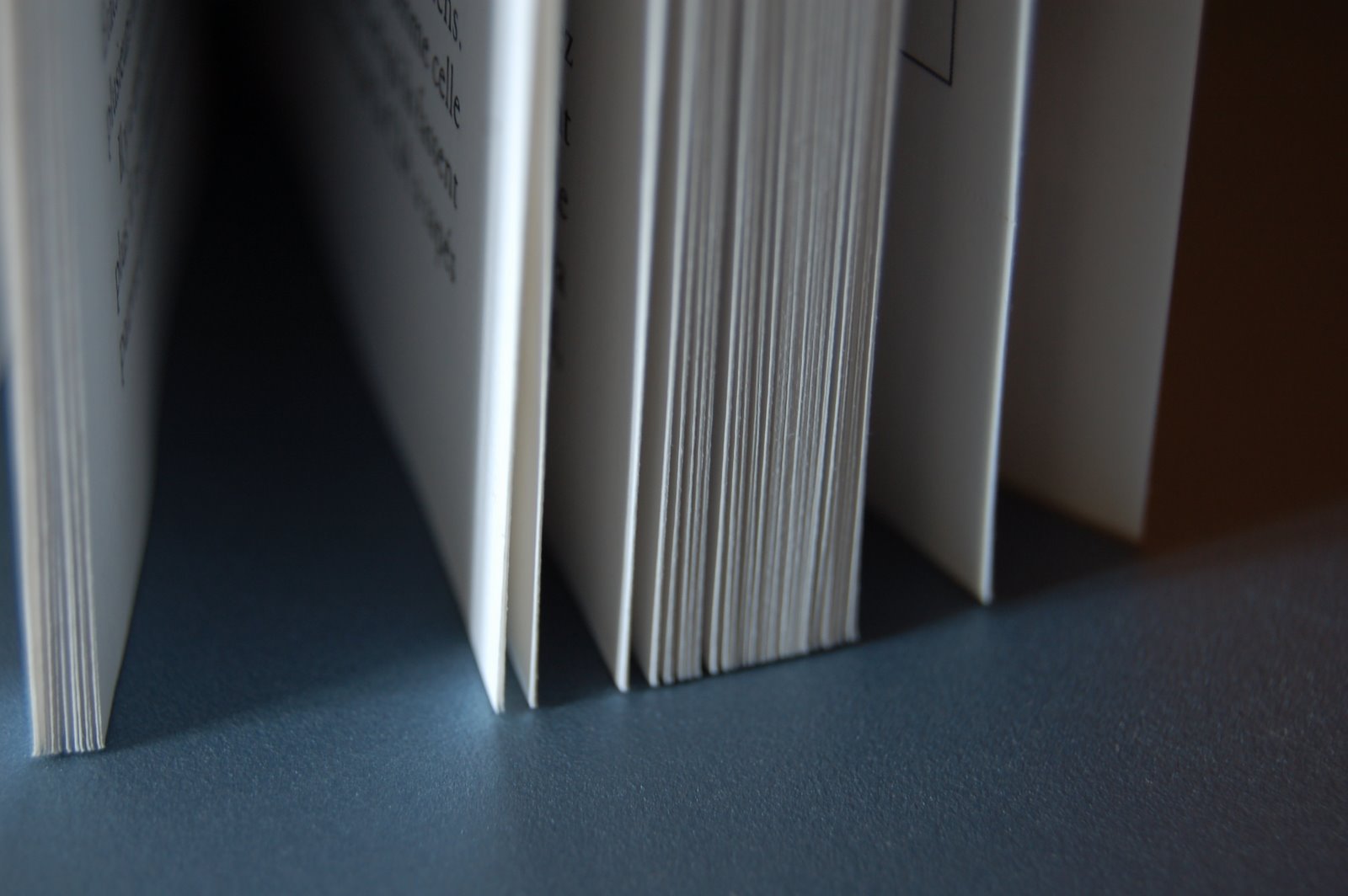
"It's about your mother," she said.
Her voice sounded hoarse, as if she had a cold.
She began to rock back and forth, back and forth, until her eyes covered over with tears. Robert turned and went out of the room.
Trying to describe this book after wards to a friend the best way was to describe it as looking at a family portrait from a distance and then noticing all the details when you went close.
So in this case the m other would be at the centre flanked by her husband and her sons but as you get up close you might notice Bunny the eight year old standing close to his mother and pulling on her sleeve for attention. Take a closer look at the brother Robert and you would see he has one leg slightly shorter than the other and you might correctly assume this was the result of a childhood accident. He would stand slightly further from his parents trying to assert his independence at the ripe old age of 13.
The father might look slightly aloof. More concerned with the bigger picture and work and war he has that look that shows he loves his wife but takes her presence in his world totally for granted. As for Elizabeth Morrison herself the matriach is pregnant and doesn't have long to go and displays signs of knowing just how fundamental her position is in the family. A look can cut her children down and a soft words can puff them up. She might also on closer inspection have a slight look of fear in her eyes.
You might put that fear down to the forthcoming pregnancy but it might just be because of the Spanish influenza and the knowledge that the illness that her husband is relatively quick to dismiss is sweeping across the country with her in its sights.
As tragedy engulfs the family Maxwell delivers brilliantly perceived portraits of the family members and hints and then shows the impact of loss on their lives. The final scenes are incredibly moving but done with such a sense of naturalness that the human reaction is a universal one he is describing.









